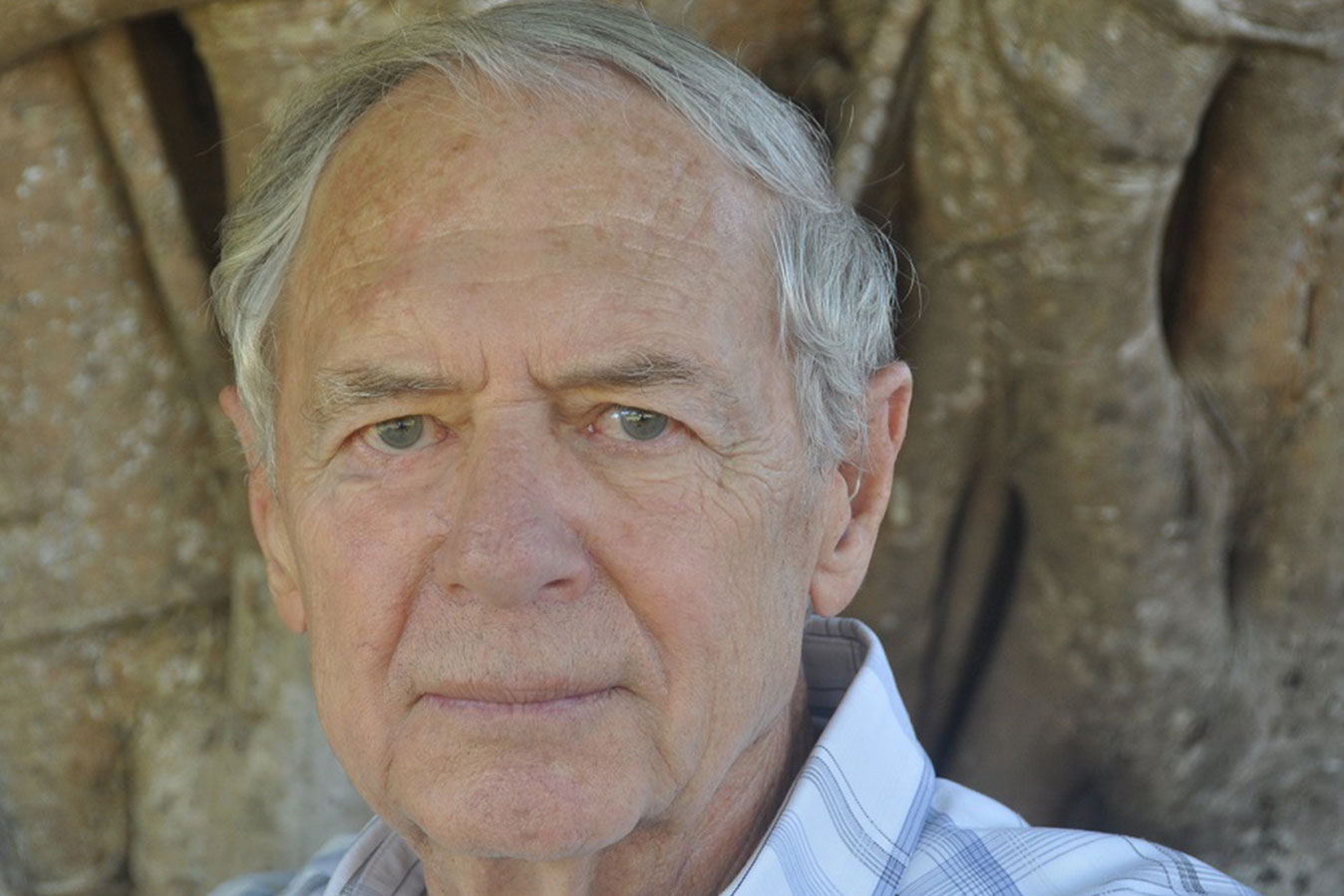In 1995, the Northern Territory made history by becoming the first place in the world to legalise voluntary assisted dying after a private member’s Bill, championed by then Chief Minister Marshall Perron, secured a 15-10 vote in the early morning hours after intense deliberation in Parliament.
Following its implementation in 1996, only four people facing terminal illnesses used the law to end their lives before the federal government overturned the legislation, thereby revoking the authority of the Northern Territory and the Australian Capital Territory to make voluntary assisted dying laws. More than two decades would pass before Australia legalised voluntary assisted dying once more, starting with Victoria in 2017.
During the first-ever national Voluntary Assisted Dying Conference in Australia, which took place in Sydney in 2023, Mr Perron shared with the ANMJ his reasons for introducing the Rights of the Terminally Ill Act in 1995, the sense of accomplishment in successfully passing the legislation, and the fallout and despair when it was overturned by the Howard Government at the time.
Back in 1995, the proposed legislation on voluntary euthanasia attracted widespread national and international attention and faced opposition from various quarters, including medical and religious organisations, Mr Perron recalls.
How did it all come about?
After reading a paper by an academic advocating for the right to voluntary euthanasia, Mr Perron conceived the idea to introduce the legislation. Part of his motivation was wanting to leave behind a legacy after spending two decades in politics.
“I’ve always understood that a person who was suffering terribly, and near death, ought to have the option to say ‘I’ve had enough. I want to go now’, he told the ANMJ.
“I read the paper, and it was such profound logic and good sense, about individual autonomy, and the fact that it didn’t affect anybody else who didn’t want to be involved.
“And I said to myself – I’ve been in politics for 20 years. Everything I’ve ever done, anyone else could have done. Nothing was extraordinary about building bridges and opening schools and trying to create jobs, and all the things governments do… anyone could do it, it’s almost like administration, rather than innovation. And I thought, before I go out of politics, I’m going to give something a go that’s really significant, and just see what happens. I didn’t actually expect it to get up, really. But I thought, at least I’ll advance the day, if it fails, when someone else will pick it up and push it a little bit further in some years to come.”

The historic voluntary euthanasia law that took effect included strict criteria such as individuals being required to be 18 years and older, consultation with two doctors, and medical practitioners needing to be assured of the patient’s terminal illness. Unlike many states nowadays, the NT’s VAD legislation did not specify a requirement for people to reside in the territory to access it.
“We felt, when we considered should we ban people coming across the border [to access it], not that we wanted to set up a death state, which is what we were charged with doing [at the time], but we felt that if this legislation is based on compassion, and someone was visiting the NT and had a car accident, or fell ill, or whatever, and was in a bed suffering, and the bloke next door was a local resident with the same condition…well it just didn’t make sense to say one can have it, and one can’t.”
But in 1996, much to the disappointment of Mr Perron and wider VAD advocates, then federal liberal MP Kevin Andrews steered the Euthanasia Laws Act, passed in 1997, which ultimately overrode the NT’s legislation and banned the territories from legalising euthanasia again.
“It was absolutely devastating to have it overturned,” laments Mr Perron.
“Not because it was my Bill, or a territory initiative, but because of the people who would have used it. The next time that it got up, after many attempts, was in Victoria. And in that intervening period, I’ve said this several times, there’s probably 2,000 people who would have used the legislation had it stayed on foot.”
Despite the NT legislation being quashed, Mr Perron always held hope that states across Australia would follow suit, particularly because the federal Parliament has no power to overturn state euthanasia laws. He suspected South Australia, which he considered a progressive state, would be next cab off the rank. Yet, Victoria would eventually become the first Australian state to legalise VAD in 2017, finally putting an end to the dozens of unsuccessful Bills over many years that hit roadblocks across the country.
Demonstrating the progress made since 1995, VAD is now legal in all six Australian states. These laws give eligible terminally ill people greater choice and control regarding the timing and circumstances of their deaths. NSW became the final Australian state to implement its law on 28 November 2023.
Furthermore, last year, the successful passage of the Restoring Territory Rights Act 2022 in the Senate finally lifted the 25-year ban on the territories being able to make their own VAD laws. With the path cleared, the ACT government, in late October 2023, introduced a landmark Voluntary Assisted Dying Bill.
“It’s a really wonderful feeling for me,” said Mr Perron, when asked about the close-to nationwide access to VAD.
“It sort of was my dream of how it should be. I predicted at the time the legislation passed, because I was asked ‘Will this have implications for other states?’. And I said, I think there certainly will be, because I knew there were voluntary euthanasia societies in each state anyway, they were watching what we were doing, some were helping us, that there’d be pressure.”
“I predicted that within five or 10 years, I thought at least another state would have it up, and it would follow state by state. Well, it was 20 years, 25 years, not 10.”
Although Mr Perron appreciates the growing support for VAD laws nationwide, he remains of the opinion that a considerable portion of the legislation enacted across states remains too restrictive. For example, Victoria has some of the most stringent legislative safeguards in the world, he points out. But he is optimistic that in the years ahead, through continuous reviews and amendments, eligibility criteria can be streamlined and improve access.
Addressing hundreds of clinicians, policymakers and patient advocates at the inaugural Voluntary Assisted Dying Conference in Sydney, Mr Perron thanked a handful of “courageous” doctors like Roger Hunt and the controversial Philip Nitschke who, thirty years ago, who backed him when “I was feeling pretty lonely, trying to get some interest in some legislation, that was considered grossly irresponsible”.
Mr Perron also thanked Judy Dent, sitting in the audience, the wife of Bob Dent, the first person in the world to use VAD legally, who passed away on 22 September 1996, and many more advocates still advancing the cause today.
“Without all of your contributions, the people I’ve named, and the people who’ve attended this conference, we would not be where we are today – a more compassionate and caring society than we used to be.”









One Response
It is sad that Dr. Nitschke is only mentioned in passing at the end of this article. He was the champion of this legislation and the technical/scientific brain behind it and NT was the champion of the world at that time. I think dr Nitschke’s name should be a lot more prominent. I was very sad to see that Netherlands approved such legislation a few years after our backward parliament revoked NT’s law! What a shame for the federal parliament to interfere so grossly in the states’ internal affairs. Technically, Australia was the first country in the world who came up with such a legislation, albeit locally, in just one state, but it was NOT the Netherlands. They took the idea from Dr. Nitschke and went with it.